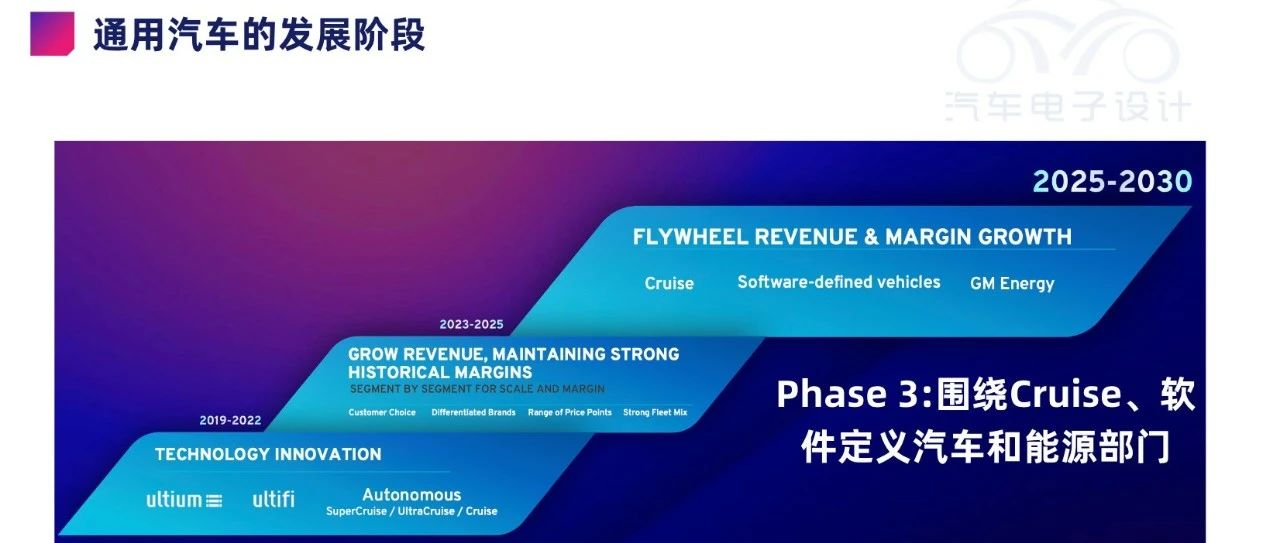Author: Zhu Yulong
General Motors held an investor conference in New York with the goal of achieving profitability in the electric vehicle business in North America by 2025, with a plan to produce over 1 million electric vehicles per year by 2025 in the region. After reviewing the five PPTs presented on the day of the investor conference, I noticed some important points:
-
GM’s focus in North America is on the full electrification of segmented markets such as pickups, SUVs, and luxury vehicles, including the Chevrolet Silverado EV, Blazer EV and Equinox EV, Cadillac LYRIQ, and GMC Sierra EV.
-
The Ultium Cells joint venture, which produces electric vehicle battery cells, is located in factories in Ohio, Tennessee, and Michigan and will begin production at the end of 2024. It is also planning to construct a fourth factory. The joint venture has signed a binding procurement agreement for all battery raw materials required for the company’s 2025 electric vehicle production targets, and will continue to ensure production capacity through strategic supply agreements and increased investment in recycling.
-
Due to material cost reductions, GM plans to reduce battery costs to $87/kWh by 2025 and below $70/kWh in the second half of 2025-2030.
-
The fully-electric commercial and software start-up BrightDrop, which GM incubated, is expected to generate $1 billion in revenue by 2023. The commercial vehicle strategy begins with the BrightDrop Zevo 600 all-electric light commercial van, and the 2025 annual production capacity is expected to reach 50,000 units.
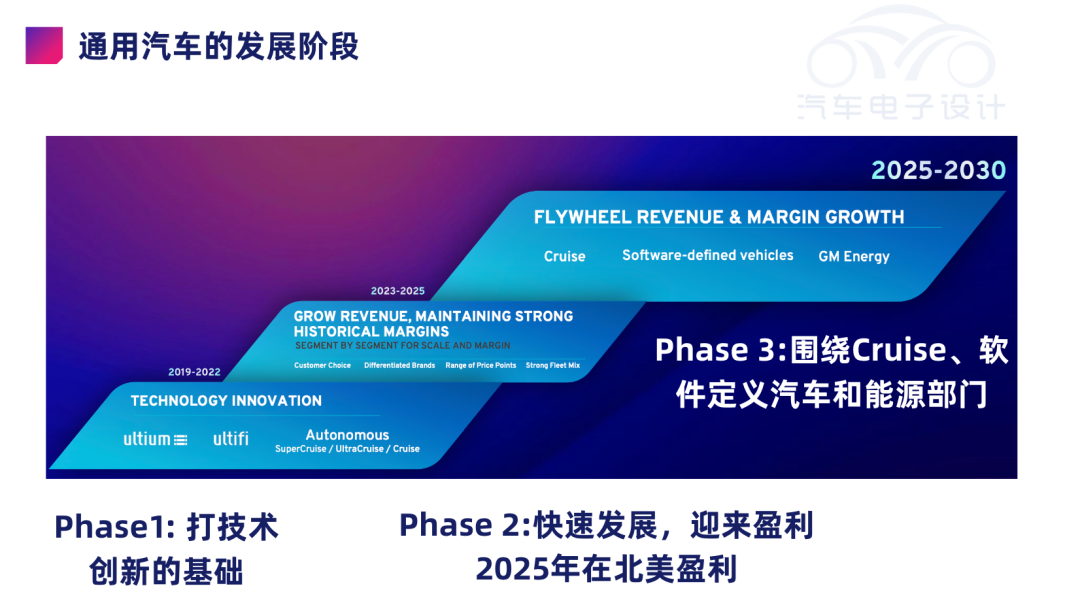
GM’s Electric Vehicle Strategy
From a strategic perspective, with the implementation of the Infrastructure Investment and Jobs Act, GM expects to be one of the first companies eligible for the full $7,500 tax credit. CEO Mary Barra believes that EV subsidies will help the company “achieve our expected goals.” As electric vehicle volumes grow, tax refunds can make GM’s electric vehicle product portfolio’s profit margins comparable to those of gasoline-powered vehicles by 2025.By 2025, General Motors’ revenue is expected to reach more than $225 billion, including $50 billion from electric vehicles (about one-fourth). From 2022 to the first half of 2024, the company will produce 400,000 electric vehicles in North America. By 2025, the company’s annual electric vehicle production capacity in North America will reach one million vehicles.
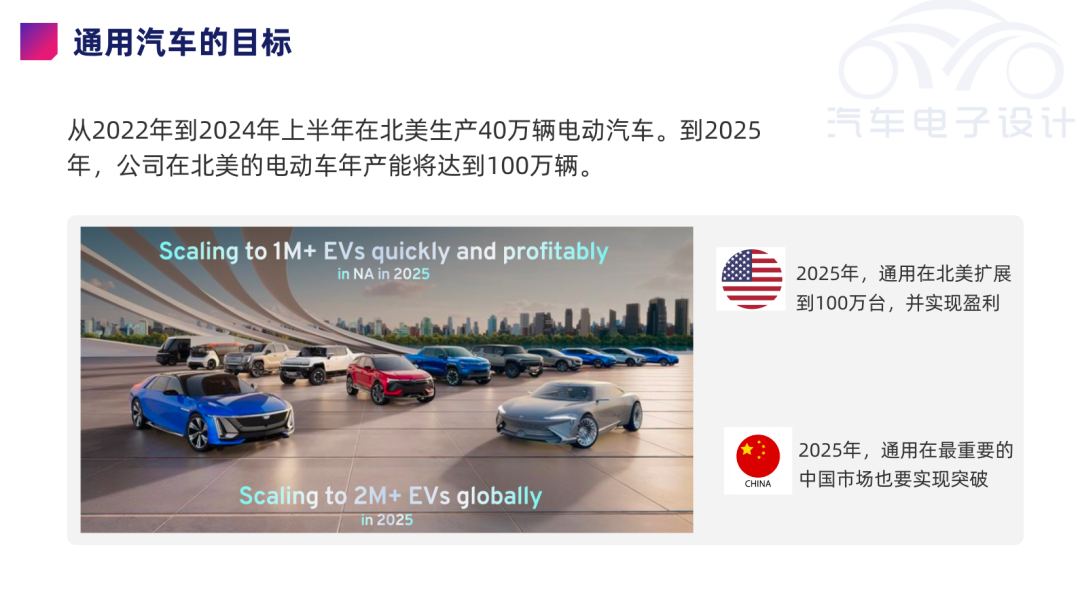
General Motors’ main strategy is to achieve differentiated competition by covering more segmented products (push pure electric vehicles where there are gasoline vehicles), while Tesla covers fewer segmented markets.
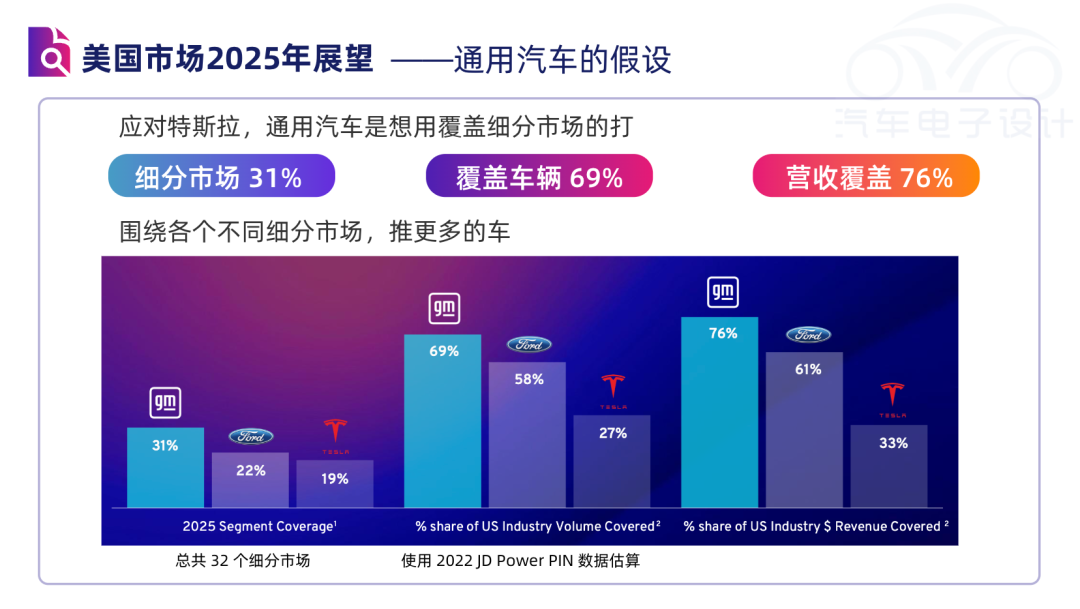
General Motors will join forces with US dealers to launch a new digital retail platform that brings an extraordinary customer experience to new and old electric vehicle users and reduces the company’s per-vehicle cost by about $2,000. As traditional service points turn to electric vehicles, this network from General Motors could also maintain and repair Tesla, who has already repaired 11,180 Tesla cars.
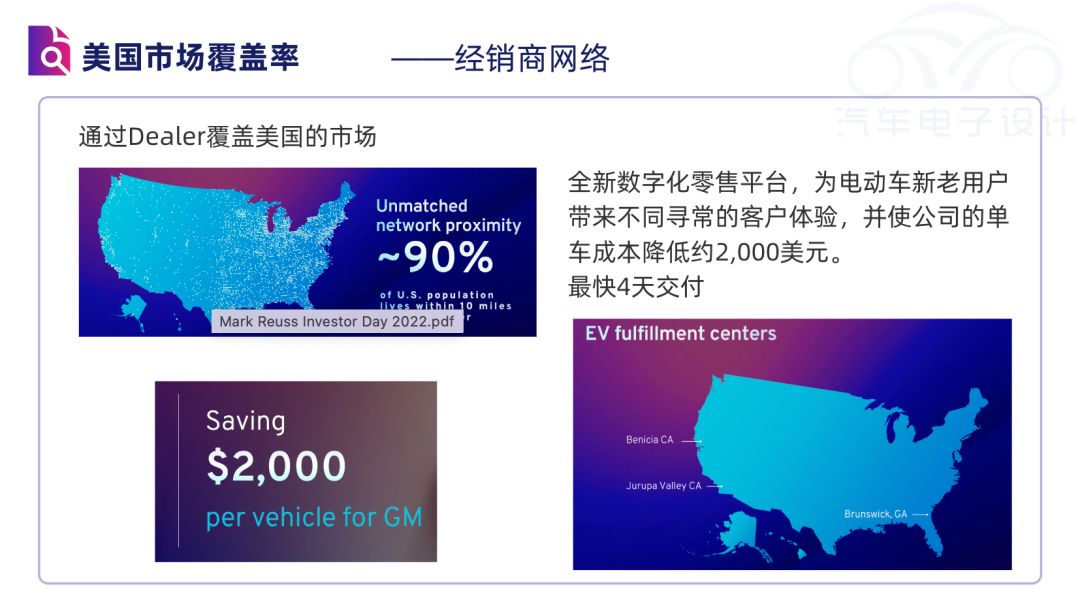
General Motors’ Battery Strategy
Reducing battery costs is critical to the profitability of electric vehicles. General Motors plans to reduce battery costs to $87/kWh by 2025 and below $70/kWh in the second half of 2020-2030. Compared to purchasing batteries, producing batteries through joint ventures will significantly reduce costs.
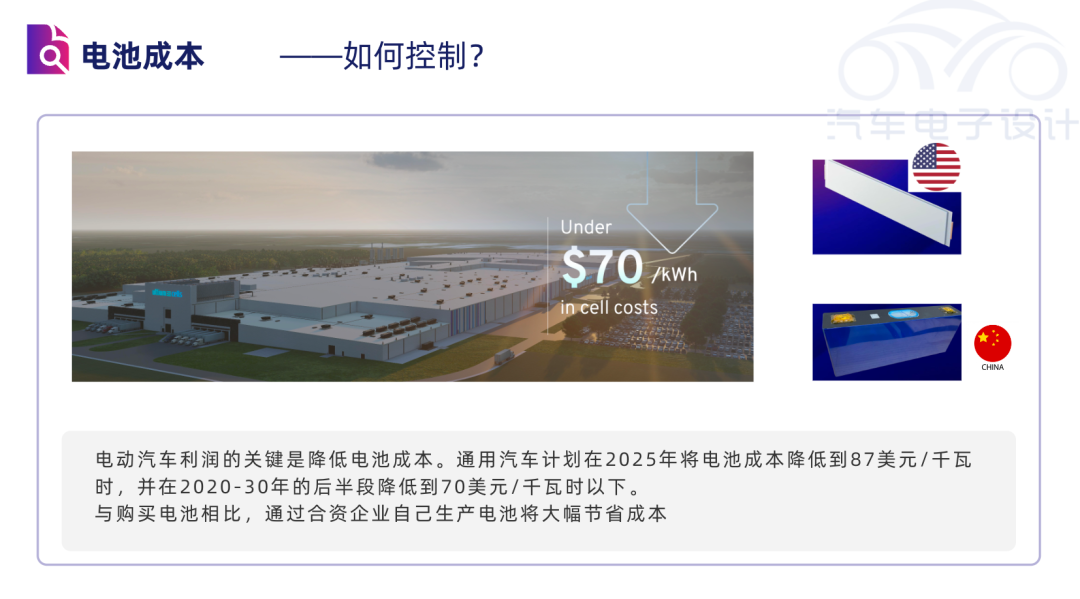
- Current Situation
North America uses soft-pack batteries while China uses prismatic batteries, both utilizing high-nickel and lithium iron phosphate chemical systems in parallel strategy.
- Technological Development
◎ Performance: Lithium metal anodes, solid-state electrolytes, and high-nickel cathodes.
◎ Low-cost battery: Silicon anodes, LFP 2.0, and CTP designs – General Motors also needs to explore CTP technology on the basis of the current situation, which has indeed been extended to all global car manufacturers.
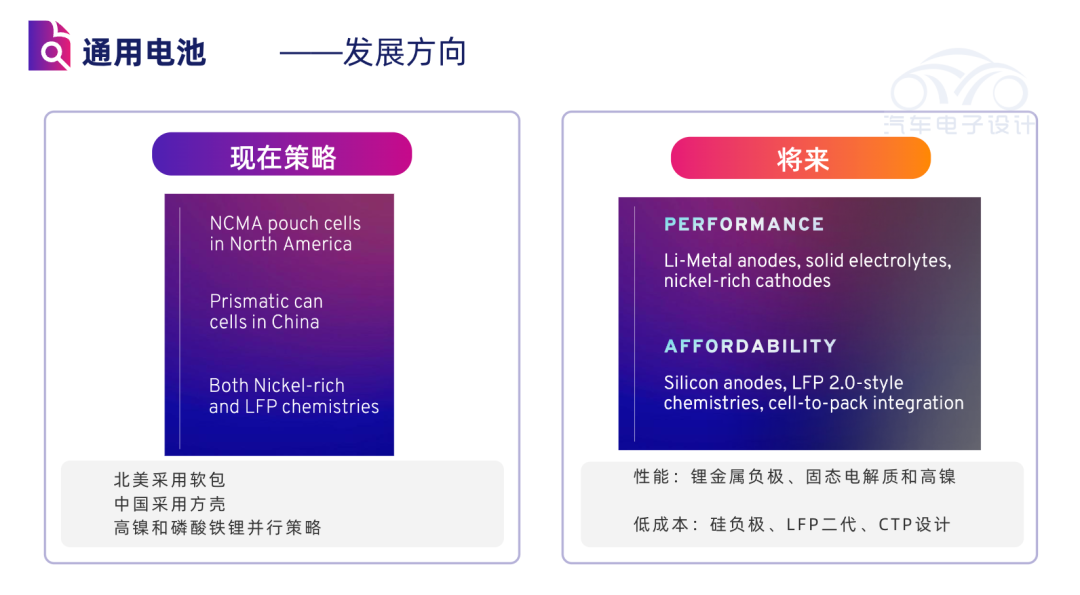
Under the certain policy in the United States, General Motors is building four battery plants in North America, with a total capacity of 160GWh.
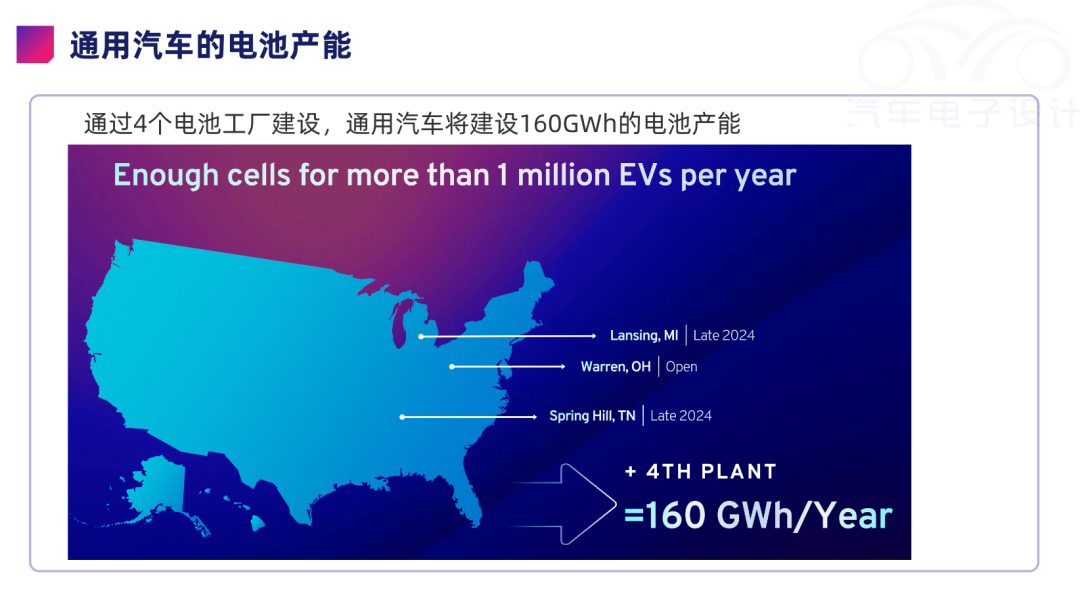
The locking of raw materials is mainly divided into three categories: lithium, cobalt, and nickel.
◎ Lithium: Livent provides lithium hydroxide, and geothermal company Controlled Thermal Resource is really hot.
◎ Cobalt: Jinchuan Group and Queensland Metals in Australia.
◎ Nickel: Brazilian miner Vale and Queensland Metals in Australia.
Overall, the layout is quite neat.
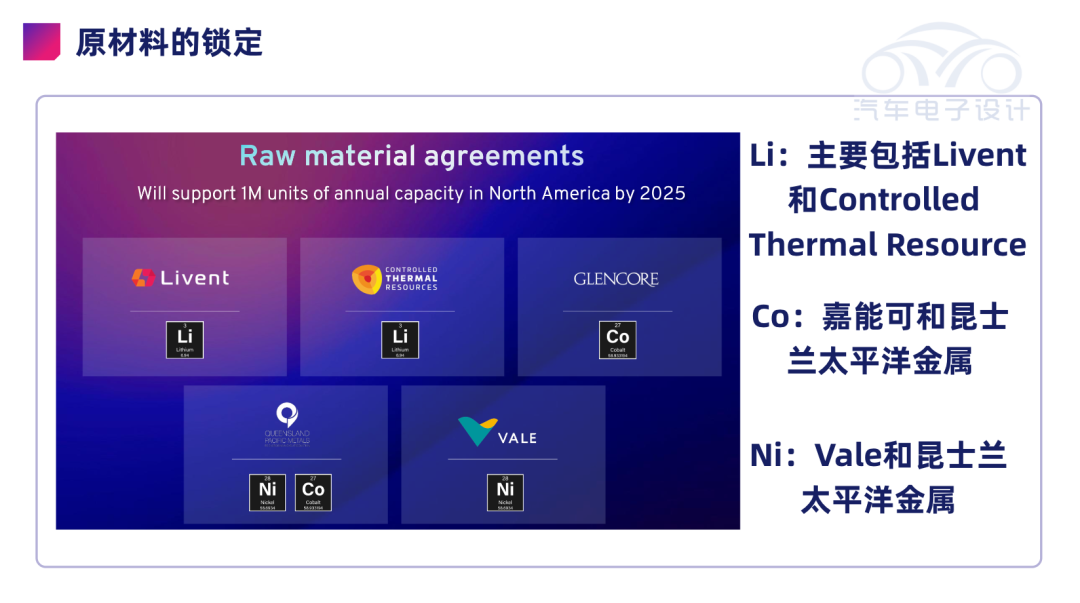
The positive electrode materials are primarily manufactured by LG Chem and POSCO Chemicals, and with the intervention of direct purchasing, the price of lithium hydroxide in the market will gradually stabilize, and enter a downward channel after 2023.
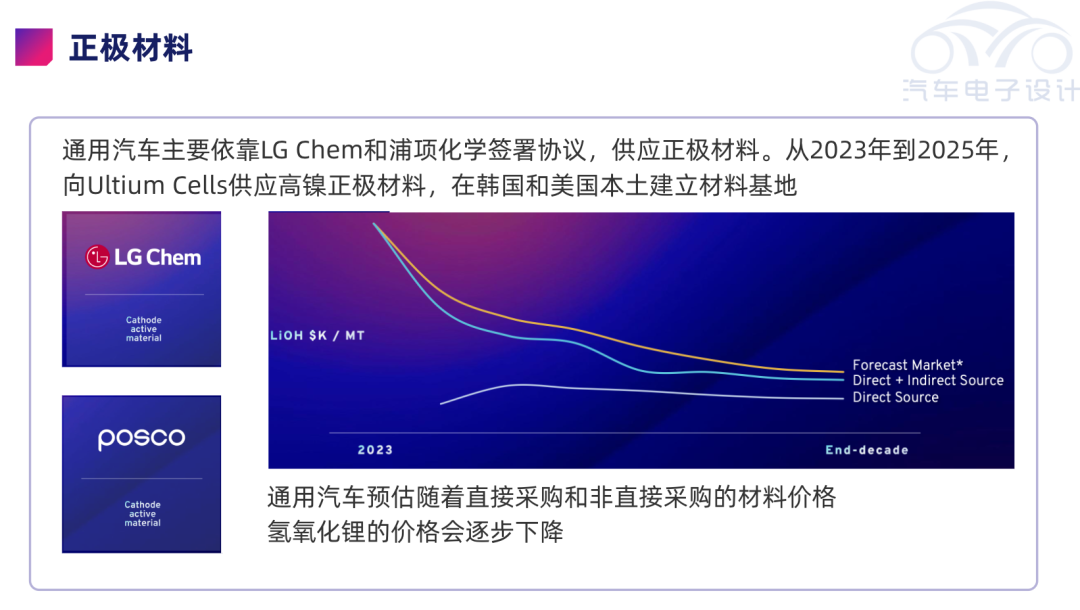 Summary: On the 23rd of this month, there will be a General Motors Technology Day in China. I will refine the content regarding this topic in more detail at that time.
Summary: On the 23rd of this month, there will be a General Motors Technology Day in China. I will refine the content regarding this topic in more detail at that time.
This article is a translation by ChatGPT of a Chinese report from 42HOW. If you have any questions about it, please email bd@42how.com.
